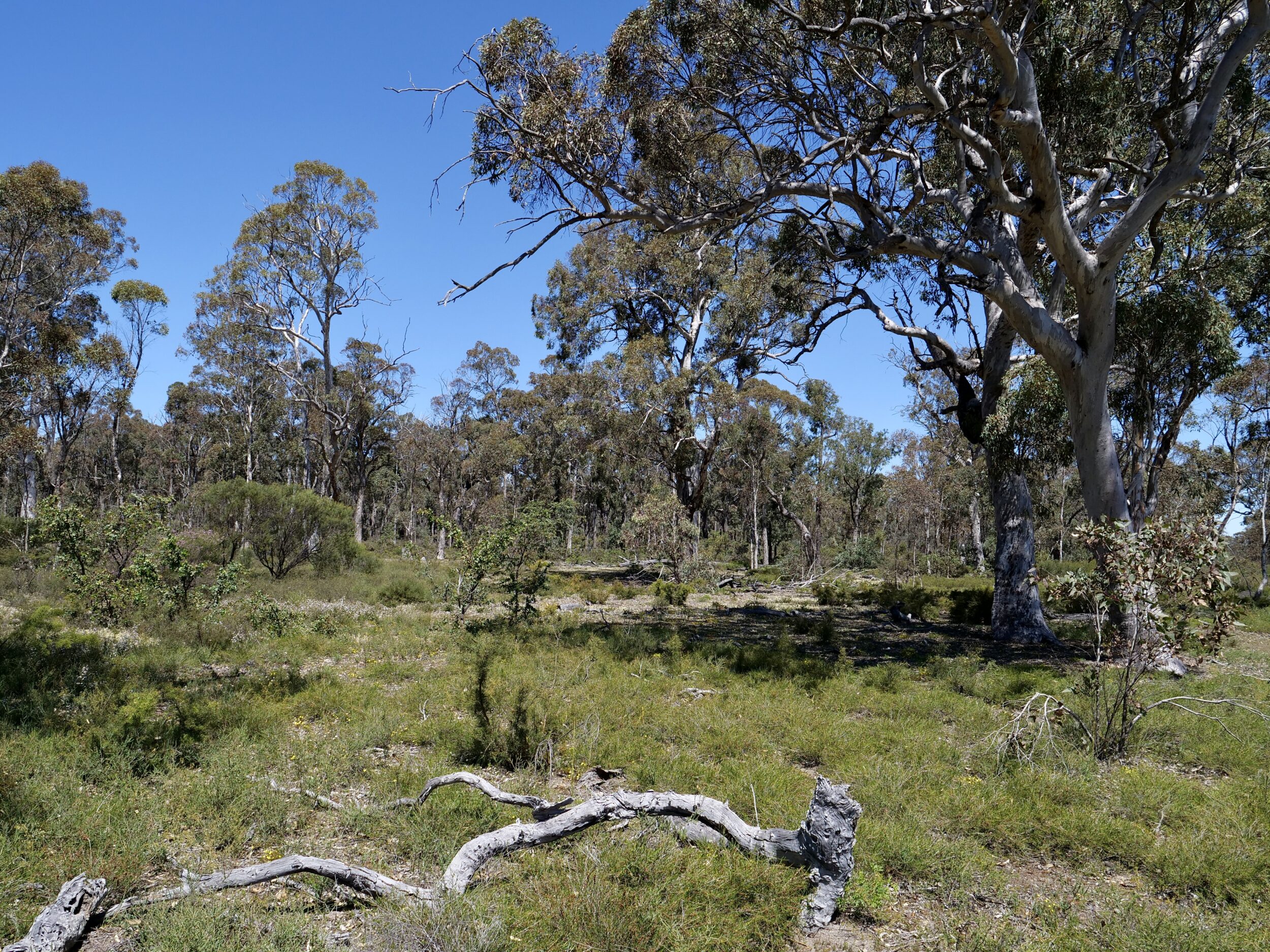How do “the seasons” actually work in southwest Western Australia?
In 2023 one could reply, “they don’t, anymore!”
However, even back in the “good old days”, anyone who paid attention already knew that “seasons” in WA had precious little to do with any calendar’s dates, nor with European notions of “four seasons”.
This was already the case long before the coining of terms like “global warming”, “climate change” and “the Anthropocene”.
Almost inevitably, any camera-wielding person who has lived in this part of the world for more than a few years will have taken many photos that illustrate this reality.
A November scene can look “wintry”, a winter solstice one can look “summery”.
This post and the following one are a “wide-angle” pointer/prelude to a series in which most images are “close-ups”. All are fruit of a single day trip in the Darling Range.
On October 30 2023 we were circa 60-100 kilometres southeast of Perth’s CBD, in what is often called “the northern jarrah forest”.
This post’s photo was taken at 1.49 pm, a little west of Albany Highway, circa 20 minutes south of the Gleneagle Rest Area.
Not one of the prominent trees in this image is a jarrah.
Before 1829, however, jarrah probably was the dominant tree species in this particular spot
None of “the northern jarrah” forest is in a “virgin” state, but jarrah trees do dominate much of it, All, however, are relatively young, relatively small. Jarrah is very slow-growing.
Aside from its pine plantations – and sections devastated by bauxite mining – much of the “northern jarrah forest” ecosystem still has an astonishing, diverse array of mostly-endemic flora.
This post’s photo may make you think that we had “left it too late”, that this year’s unusually-early “spring wildflower season” had already been and gone – at least in this part of WA’s southwest.
The next post’s featured image was taken just five minutes later, from a different but close-by vantage point.
